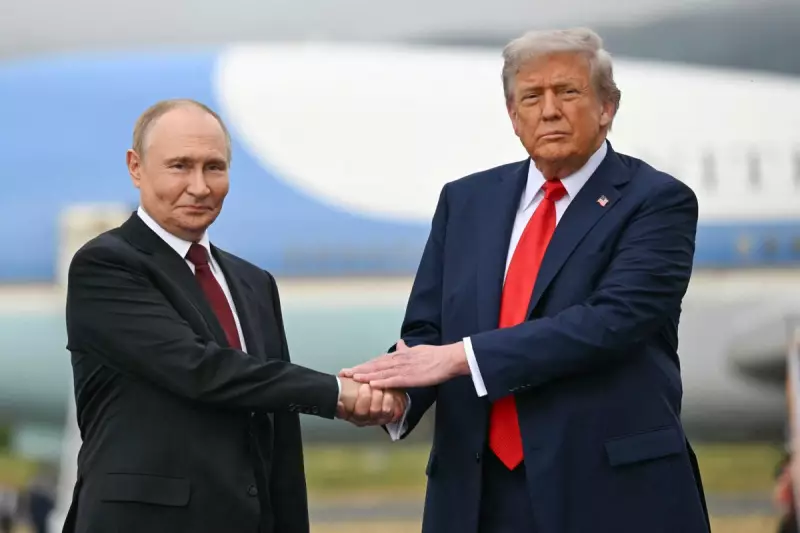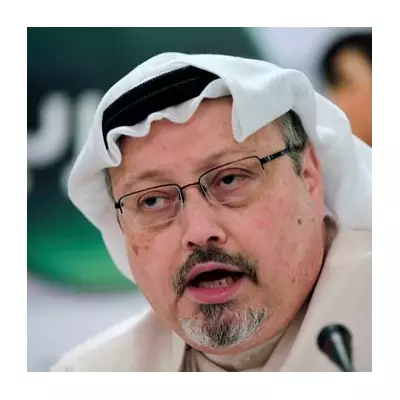
The Trump administration has been covertly developing a comprehensive 28-point peace plan in collaboration with Russia to bring an end to the ongoing conflict in Ukraine, according to exclusive reports.
The Secret Peace Proposal
Washington has been secretly formulating the extensive peace framework with Moscow, which addresses security guarantees, European security, and future US relations with both Russia and Ukraine. This initiative represents a fresh American attempt to broker peace between the warring nations after several previous diplomatic efforts collapsed in recent months.
The proposed settlement draws inspiration from President Trump's Gaza ceasefire agreement that took effect in October 2025. While that agreement succeeded in halting formal warfare, it has failed to completely end violence in the region, with both Hamas and Israel accusing each other of violating the terms.
High-Level Diplomacy in Motion
Trump's special envoy, Steve Witkoff, has reportedly discussed the emerging plan with Russian representative Kirill Dmitriev and Ukrainian security adviser Rustem Umerov, according to officials from both Washington and Kyiv.
The White House has begun briefing European officials on the proposal, with high-level meetings scheduled for this week. This diplomatic push comes as EU nations experience repeated territorial violations by drones during Russian air assaults on Ukrainian territory.
Military Diplomacy Takes Centre Stage
In a significant development, Washington has dispatched two senior US Army officials to Kyiv for a rare wartime visit. Army Secretary Dan Driscoll and Army Chief of Staff General Randy George arrived on an unannounced trip for discussions with Ukrainian leaders, aiming to revive stalled peace negotiations with Russia.
The military leaders are scheduled to meet with President Volodymyr Zelensky, senior commanders, and lawmakers during their visit. Notably, Mr Driscoll is expected to meet with Russian officials at a later date, according to separate reports.
The White House has reportedly turned to military intermediaries like General Driscoll after previous efforts involving political officials failed to produce results. This strategic shift suggests Washington believes Moscow might respond more positively to military representatives.
Diplomatic Setbacks and Escalating Violence
Recent diplomatic efforts have faced significant challenges. Russia's Foreign Minister Sergei Lavrov expressed readiness to meet US Secretary of State Marco Rubio to discuss improving bilateral relations. However, their telephone conversation on 20 October apparently discouraged Washington from pursuing a summit.
President Trump subsequently stated he didn't want to hold a meeting that would be "a waste of time" and later cancelled the proposed summit because it "just didn't feel right." This follows a highly anticipated meeting between Trump and Putin in Alaska last August that failed to yield any breakthrough in achieving peace.
The renewed diplomatic efforts come as Russian forces continue making gradual advances along sections of the front line while intensifying missile and drone attacks on Ukrainian cities and energy infrastructure. Meanwhile, Kyiv's Western allies are exploring new methods to sustain weapons and ammunition supplies to Ukraine.
The urgency of the situation was underscored when Russia launched a massive air assault on Ukraine, firing 518 drones and missiles at targets across the country, including western regions. The attack killed at least nine people and injured dozens, with President Zelensky warning that many more could be trapped under rubble.





